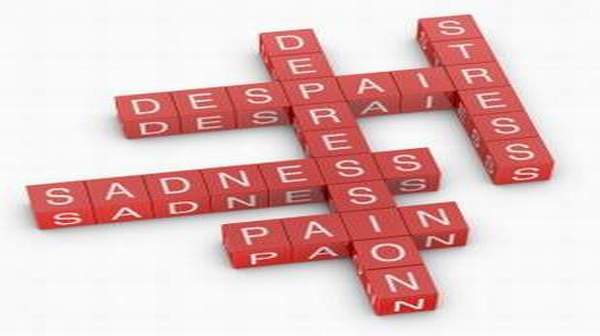What's in this article?
Bipolar Disorder Overview
Bipolar disorder, also known by its older name “manic depression,” is a mental disorder that is characterized by serious mood swings. A person with bipolar disorder experiences alternating “highs” (what clinicians call “mania“) and “lows” (also known as depression). Both the manic and depressive periods can be brief, from just a few hours to a few days, or longer, lasting up to several weeks or even months. The periods of mania and depression vary from person to person many people may only experience very brief periods of these intense moods, and may not even be aware that they have bipolar disorder.
Bipolar disorder sometimes called manic-depressive disorder is associated with mood swings that range from the lows of depression to the highs of mania. When you become depressed, you may feel sad or hopeless and lose interest or pleasure in most activities. When your mood shifts in the other direction, you may feel euphoric and full of energy. Mood shifts may occur only a few times a year, or as often as several times a day. In some cases, bipolar disorder causes symptoms of depression and mania at the same time.
Although bipolar disorder is a disruptive, long-term condition, you can keep your moods in check by following a treatment plan. In most cases, bipolar disorder can be controlled with medications and psychological counseling (psychotherapy).
Kinds of Bipolar Disorder
Bipolar disorder is marked by extreme mood swings from highs to lows. These episodes can last hours, days, weeks, or months. The mood swings may even become mixed, so you might feel like crying over something upbeat. The most common kinds of bipolar disorder fall into these two categories:
Bipolar I: This is the classic form of the illness. Bipolar I leaves no doubt as to whether someone is in a manic phase, as their behavior quickly escalates until they are out of control. If left untreated, the person could end up in the emergency room or worse.
Bipolar II: Four times more common than Bipolar I, Bipolar II is characterized by much less severe manic symptoms. These signs are harder for people to see in themselves, and it’s often up to friends or loved ones to encourage them to get help. Without proper treatment, hypomania often becomes worse, and the patient can become severely manic or depressed.
Seven Signs of Bipolar Mania:
♦ Feeling overly happy or optimistic for long stretches of time
♦ Feeling easily agitated-some describe it as feeling jumpy or “twitchy”
♦ Talking fast
♦ Restlessness or impulsiveness
♦ Impaired judgment
♦ Over-confidence
♦ Engaging in risky behavior, such as having impulsive sex, gambling one’s savings, or going on big spending sprees
Bipolar disorder and pregnancy
Bipolar disorder, like all other mental health problems, can get worse during pregnancy. However, specialist help is available if you need it. Read more about bipolar disorder in pregnancy.
What causes bipolar disorder?
The exact causes of bipolar disorder are unknown, although it’s believed that several things can trigger an episode. Extreme stress, overwhelming problems and life-changing events are thought to contribute, as well as genetic and chemical factors.
Who is affected?
Bipolar disorder is fairly common and one in every 100 adults will be diagnosed with the condition at some point in their life.
Bipolar disorder can occur at any age, although it often develops between the ages of 18 and 24. Men and women from all backgrounds are equally likely to develop bipolar disorder.
The pattern of mood swings in bipolar disorder varies widely between people. For example, some people will only have a couple of bipolar episodes in their lifetime and will be stable in between, while others will have many episodes.
Medication treatment for bipolar disorder
Most people with bipolar disorder need medication in order to keep their symptoms under control. When medication is continued on a long-term basis, it can reduce the frequency and severity of bipolar mood episodes, and sometimes prevent them entirely.
If you have been diagnosed with bipolar disorder, you and your doctor will work together to find the right drug or combination of drugs for your needs. Because everyone responds to medication differently, you may have to try several different medications before you find one that relieves your symptoms.
♦ Check in frequently with your doctor. It’s important to have regular blood tests to make sure that your medication levels are in the therapeutic range. Getting the dose right is a delicate balancing act. Close monitoring by your doctor will help keep you safe and symptom-free.
♦ Continue taking your medication, even if your mood is stable. Don’t stop taking your medication as soon as you start to feel better. Most people need to take medication long-term in order to avoid relapse.
♦ Don’t expect medication to fix all your problems. Bipolar disorder medication can help reduce the symptoms of mania and depression, but in order to feel your best, it’s important to lead a lifestyle that supports wellness. This includes surrounding yourself with supportive people, getting therapy, and getting plenty of rest.
♦ Be extremely cautious with antidepressants. Research shows that antidepressants are not particularly effective in the treatment of bipolar depression. Furthermore, they can trigger mania or cause rapid cycling between depression and mania in people with bipolar disorder.







